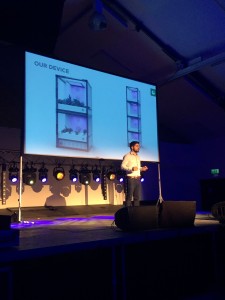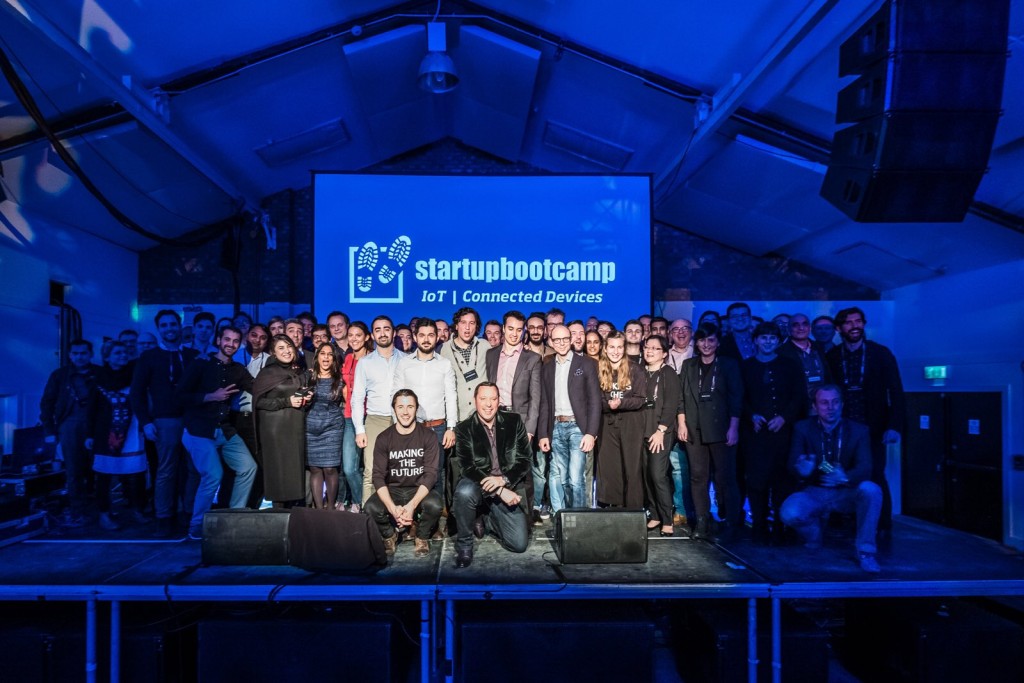My challenge: too many business ideas
One of my passions is creating new services, products, and organisations that add real value to people’s lives. But with so many ideas, how do I choose between the good ones and the bad ones? How do I prioritise which idea I should work on and invest time in?
In my previous roles at powerPerfector and Eco Ltd, I saw the importance of the Go/No-Go Matrix for making good business development decisions. Understanding which opportunities for new business should be pursued by the company is both a science and an art, and a good opportunity screening analysis is vital to ensure that a company’s scarce resources of time and money are well invested in the pursuit of projects that will ultimately be profitable.

In an existing business, the boundary conditions for new projects are usually well known and provide a natural element of constraint. However, when thinking of a totally new product, service, or organisation, these parameters can be almost non-existent and the abundance of possibility can lead to a paralysing effect on the decision making process.
The desire to solve this puzzle led me to a fantastic book called The New Business Road Test* by John W. Mullins of the London Business School .
.
How to assess a new business opportunity
In his book, Mullins lays out what he sees as the critical steps an entrepreneur should take when creating a new business opportunity. There are:
- Idea generation: create a new business idea that adds genuine value and solves a real customer need
- New Business Road Test: use the Seven Domains framework (his term for an Opportunity Screening Analysis) to assess and shape the idea
- Customer-driven Feasibility Study: lay out the conclusions from the road test’s data and analysis to create a strong concept document that can be used as a platform for a final decision
- Business Plan: write a bankable project concept that sets out the route to building a successful business that is attractive to venture capitalists.
The Seven Domains Framework
His methodology for a New Business Road Test is centred around his seven domains framework:

New Business Road Test: Seven Domains of attractive opportunities
- Market domain
- Target segment benefits and attractiveness (Micro-level)
- Market attractiveness (Macro-level)
- Industry domain
- Sustainable advantage (Micro-level)
- Industry attractiveness (Macro-level)
- Team domain
- Mission, aspirations, propensity for risk
- Ability to execute on the Critical Success Factors (CSFs)
- Connectedness up, down, and across the value chain.
What is different about this methodology compared to others?
Mullins suggests that primary and secondary data should be collected to explore the business opportunity in each of the seven domains as part of a road test that is the written up into a customer-driven feasibility study before embarking on a business plan.
We can contrast his approach with the two that are standard in today’s market:
1. Road Test v Business Plan-centric
Traditionally entrepreneurs have been asked to propose new business ideas by launching straight into the business plan stage. Business plan competitions at universities take this approach and were a dominant feature on the startup map for decades.
The problem with jumping straight into a business plan is that it is very easy to write an entire document based on optimism and the fantasy “best case” scenarios that exist in the entrepreneur’s mind. Mullins’ approach brings top-down and bottom-up data into the equation to actually validate the idea at the very beginning. This prevents resources being needlessly wasted on the creation of a complicated and in-depth business plan for a business that is inherently doomed to fail from the very beginning.
2. Road Test v Lean Startup
In the last 5 years or so, the ground-breaking Lean Startup methodology of Eric Ries* has created a fundamental shift in the way entrepreneurs launch new businesses. The Lean Startup movement opposes almost all forms of formal planning at the first stage and concentrates on building a bare-bones prototype called a Minimum Viable Product (MVP) to show to customers.
has created a fundamental shift in the way entrepreneurs launch new businesses. The Lean Startup movement opposes almost all forms of formal planning at the first stage and concentrates on building a bare-bones prototype called a Minimum Viable Product (MVP) to show to customers.
If they declare interest in sufficient numbers (ideally even making a pre-order before seeing the product in its final form), the entrepreneur knows that the opportunity has been “validated” and now has enough merit to be judged worthy of development into its final form. If not, the entrepreneur can either edit the opportunity (“pivot”) and try again, or they can drop the idea.
Mullins’ road test methodology differs in that it advocates a deep level of pre-execution planning akin to the business plan-centric model of the past. However, much like the Lean Startup, Mullins’ approach calls for significant customer interaction and validation from the outset, which allows the idea to be shaped by reality before the entrepreneur invests real resources in developing a formal business plan.
One advantage of Mullins’ road test approach is that it allows the entrepreneur to use high level data to investigate whether the planned product actually has a lucrative market to service and whether it is in an attractive industry to compete in or a lousy one.
Lean Startup tends to advocate jumping head-first into the iterative Build-Learn-Measure loop. However, if the destination industry is fiercely competitive or the target market either doesn’t view the problem as a priority (or is simply not big enough), the Lean Startup methodology can result in an entrepreneur iterating their business into a competitive brick wall or off a financial cliff.
The New Business Road Test approach allows the entrepreneur to get a real feel for the lay of the land using data before (or in parallel to) deciding whether to invest in the creation of an MVP. It also gives a systematic framework for the entrepreneur to really understand their customers better at the same time as assessing their need for the potential product.
What I learned
My approach to testing my businesses from now on will be a mixture of the Lean Startup and the New Business Road Test approaches. Where possible I will build a basic MVP which I will show to customers during the interview process or shortly afterwards. I will also seek macro-level data to support decisions about whether the markets that I am targeting are inherently worthwhile or more of a lost cause.
Read the book
You can download the book’s first chapter from Stanford University which provides a high level summary of the Seven Domains framework and how to use it.
However, if you are an entrepreneur struggling to make sense of multiple business ideas (or are an investor looking for a coherent and systematic framework) I thoroughly recommend reading the whole thing* as it includes a great mix of case studies and notes on how to apply the methodology.

 Led by CEO
Led by CEO 




